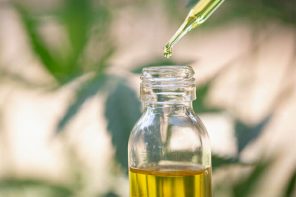I’ve often wondered; what if the earth had a voice of her own? What would Mother Nature say to us? Would she plead with us for respect? or would she scold us like a parent trying to discipline a rebellious teenager.
The developed nations of the world are on a treadmill of production and destruction and it’s now time for a change. With so much focus on our own individual health, maybe it’s time to apply the same diet theories and healthy eating habits to our fabulous planet.
Only a select few spare a thought for earth’s eco-system; what we put in and take out, the nutrients that we exploit, with no consideration for the by-products we produce along the way and don’t forget the waste that we try to hide underneath earth’s skin. If I were to hide something moderately nasty under your skin it wouldn’t be too long before your immune system did everything it could to reject it; we’ve all had that unwanted splinter. Yet still we continue to bury our unwanted waste products in the ground.
Imagine the atmosphere as the earth’s lungs or the great oceans as her kidneys.
Then think of the sheer amount of CO2 and harmful greenhouse gases we’re feeding into her system, only it’s not just hers, it’s also critical to us. If the oceans provide her filtration system, then over- fishing and plastic pollutants are blocking that system, with damaging effects.
So, how do we apply the same careful consideration that we apply to our bodies, on times, to this wonderful planet we live on?
Little by little – each of us can make a positive impact.
If we consider each and everything we buy and each and everything we eat. The biggest challenge in this is changing our habits and let’s face it, that isn’t really a difficult challenge when you think that the future of our species on earth is at stake.
But, how do we change our food purchasing habits on a large scale?
The 20th century saw the explosion of crop yields through the spread of modern irrigation and chemical-intensive agriculture and it also gave rise to processed food, which has increasingly replaced the whole-food staples that our grandparents were growing and eating. Part of the solution to this much needed change without doubt lies in the education of future generations. You’d be surprised how many of primary schools children don’t know where food comes from. With one third of kids thinking that cheese is made from plants, we have a need for re-educating our kids, not only where food comes from, but how to make fresh, quality food from locally sourced ingredients.
So, what will the 9 billion hungry humans be eating in 2050?
With the speed of soil destruction and depleting resources, we need to be thinking about this question in a smarter way and now. ‘Our Global Kitchen’ is an exhibition at the American Museum of Natural History in New York. It’s focus is to look at what our food production system will look like in the future and it serves up alternative suggestions to the hugely destructive meat industry we operate today.
One future solution that I’m sure we all agree on, is that we can’t keep doing it like we are now and expect different results, as Einstein said “That’s the definition of insanity”.
Looking for more interviews, healthy features and clean eating recipes? Get our latest Spring issue of Thrive Magazine here >>












